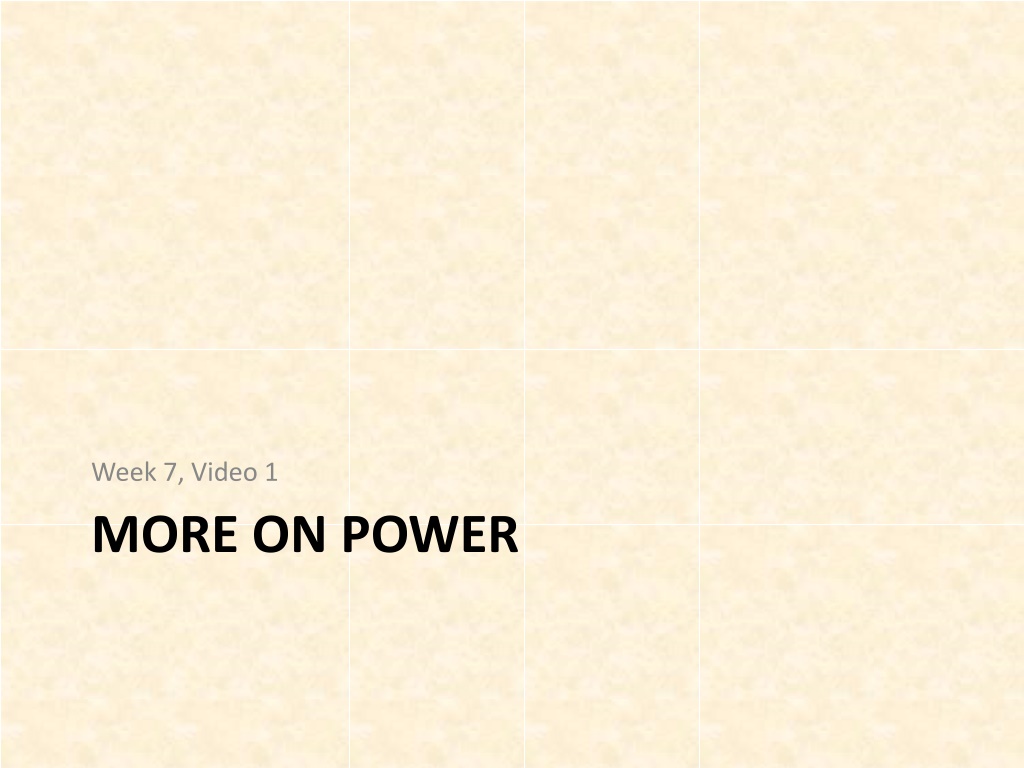Understanding Power Transfer and Impedance Matching in Circuits
Exploring the concept of maximizing power transfer between a source and load through impedance matching. Learn about complex conjugates, real and magnitude of complex numbers, average power in circuits, and the importance of minimizing reflected power. Discover how incident, reflected, and delivered power impact circuit efficiency and how to achieve the best power transfer by optimizing impedance. Dive into the world of electrical circuits to enhance your understanding of power transmission.
Download Presentation

Please find below an Image/Link to download the presentation.
The content on the website is provided AS IS for your information and personal use only. It may not be sold, licensed, or shared on other websites without obtaining consent from the author. Download presentation by click this link. If you encounter any issues during the download, it is possible that the publisher has removed the file from their server.
E N D
Presentation Transcript
Week 7, Video 1 MORE ON POWER
Impedance matching We need to maximize power transfer between source and the load Maximum power transfer occurs when the impedance of the load and the generator are complex conjugate of each other. This maximizes V
Review: Real part of a complex number
Average Power in Circuits (review) Now multiply the voltage and current
Conjugate match maximizes ZL=Zo Minimizes reflection
Incident, Reflected and Delivered Power Seemingly, we have two requirements: 1) For maximum power transfer 2) To minimize reflected power What is the input impedance Zin=? if ZL=Zo? Look at the Smith Chart. Where is ZL (normalized)?
Incident, Reflected and Absorbed Power Seemingly, we have two requirements: Available power from the generator 1) Maximizes 2) Minimizes When Zl=Zo, and Zg=Zo, then we have the best of both worlds!
Week 7 Video 2 TRANSMISSION-LINE IMPEDANCE MATCHING
Transmission Line Impedance Matching Circuit Add a line to the load so that the input impedance of the line is 1+jX or 1-jX OR input admittance of the line is 1+jB or 1-jB Add a stub to remove reactive impedance jX or JB
What is a stub? Stubs are transmission lines with short circuit or open circuit loads Input impedance will be reactive
Find the input impedance of a open line l=0.125
Find the input impedance of a open line l=0.125 What will happen if the line is a little shorter/longer, longer than 0.125
Guided/Independent Exercise IM#3 Using Smith Chart design two transmission line impedance matching networks to match a half-wave dipole with input impedance ZL=74+j42.5Ohms to a 50-Ohm line. Hint: Use the solution of IM#2 and just replace lumped elements with stubs
Not in the video, but we need to normalize the load impedance first.























